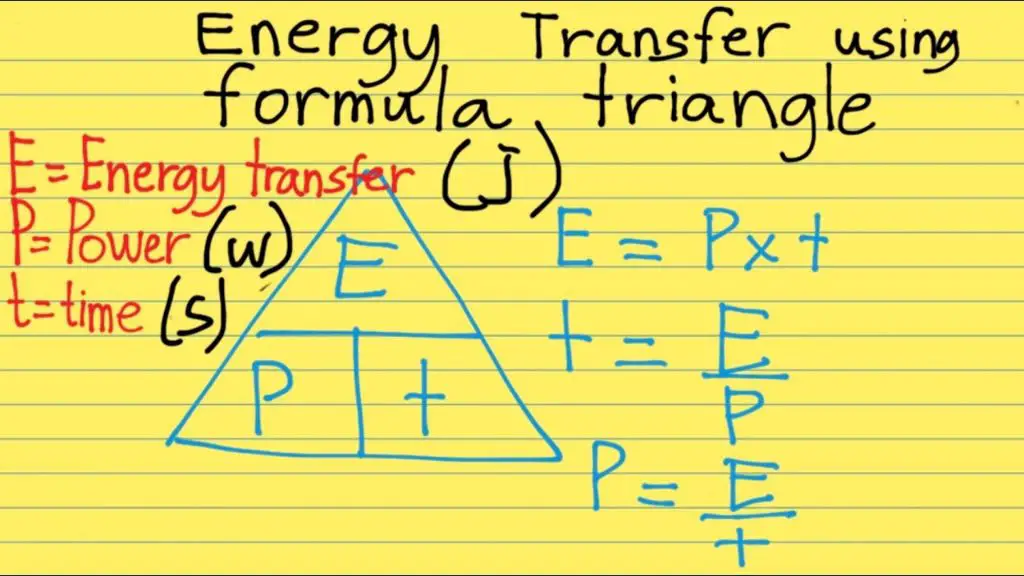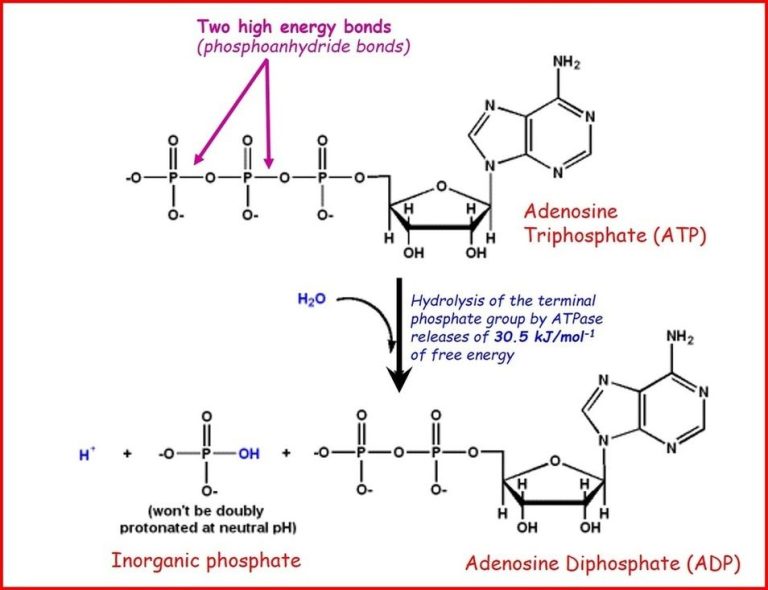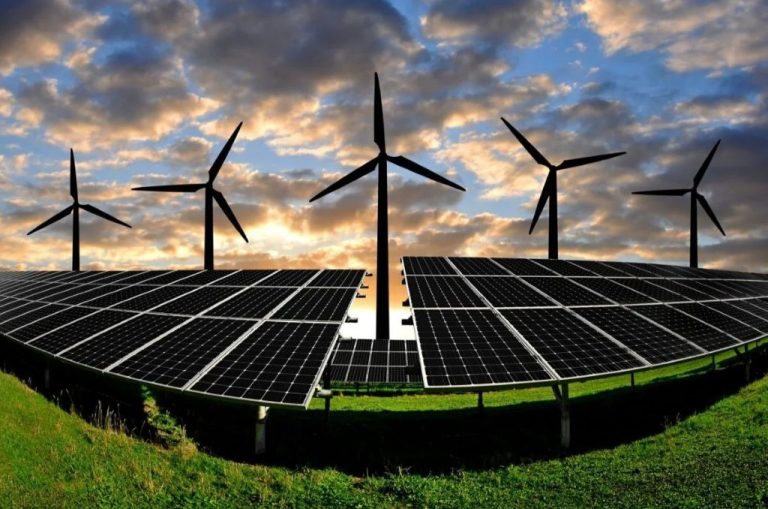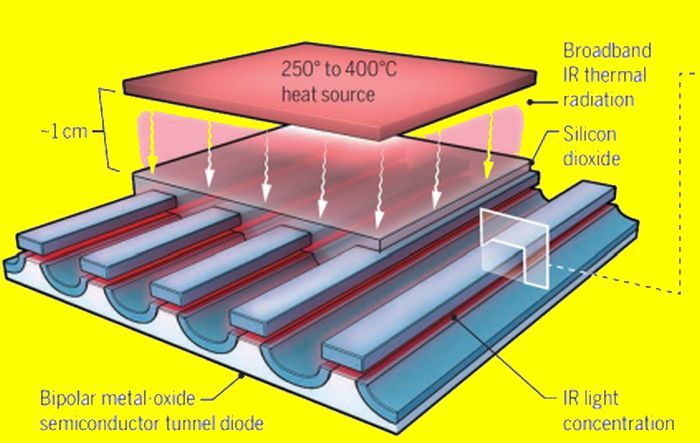Is Power Measured In Watts Or Joules?
In physics, power is the rate at which energy is transferred, consumed, or generated within a system. Power is measured in units called watts. For example, a 60-watt lightbulb uses 60 joules of energy per second. The higher the wattage of a device, the more power it consumes.
Energy, on the other hand, is the ability to do work. Energy comes in many forms like electrical, thermal, nuclear, etc. And the total energy consumed or generated is measured in units called joules. For example, if a 60-watt lightbulb is used for 10 seconds, it consumes 60 joules per second for 10 seconds, so 600 joules total.
While watts and joules are both important units in physics, they measure different aspects. Watts measure instantaneous power, while joules measure total energy. This article will explore the relationship between watts and joules and when to use each unit.
Watts as a Unit of Power
A watt is a unit of power, which refers to the rate at which energy is transferred. Power measures the amount of work or energy converted per unit of time. A watt is defined as one joule of energy transferred per second. Put simply, power is the rate at which energy flows through a system.
Some key things to remember about watts:
- Watts measure power, or the rate of energy flow per unit time.
- A watt is equal to one joule of energy transferred per second.
- Power is measured in watts, symbolized by W.
- Higher wattage indicates more power.
- Power is useful for describing the rate at which electrical devices use energy.

Joules as a Unit of Energy
A joule is the unit used to measure energy. Specifically, a joule is defined as the amount of work or energy transferred when a force of one newton moves an object one meter. This is equivalent to one watt of power applied for one second. Mathematically, it can be expressed as:
1 joule = 1 newton x 1 meter
or
1 joule = 1 watt x 1 second
Energy is the capacity to do work. The joule quantifies the amount of energy required to perform a specific task or the amount of work accomplished. For example, lifting a 1 kg object 1 meter against the force of gravity requires about 10 joules of energy. In physics and other scientific fields, the joule is the standard unit used to quantify energy.
The Relationship Between Watts and Joules
Watts and joules are related, but they measure different things. Watts measure power, which is the rate at which energy is transferred or consumed. Joules measure energy, which is the capacity to do work.
Power is measured in watts and energy is measured in joules. Power (watts) is the rate at which energy (joules) is used. One watt is equal to one joule per second. So power is a measure of how fast energy is being used or produced.
For example, a 100-watt light bulb uses 100 joules of energy every second. This means in one minute it uses 100 watts x 60 seconds = 6000 joules. We can use watts to measure the rate of energy consumption and joules to measure the total amount of energy used.
In summary, watts measure how quickly energy is transferred or consumed, while joules measure the total amount of energy. The two units are directly related to each other by a factor of time.
When to Use Watts vs Joules
Watts and joules are both important units of measurement, but they are used in different contexts. Watts measure power, while joules measure energy.
Here are some examples of when watts are used to measure power:
-
The wattage rating on electrical appliances indicates how much power they consume. For example, a 100-watt light bulb requires 100 watts of electrical power to operate.
-
Engine power is often measured in horsepower or kilowatts. For example, a car engine’s power may be expressed as 150 horsepower or 112 kilowatts.
-
The output of power plants is measured in megawatts or gigawatts. For example, a large coal power plant may have 1,000 megawatts of power generation capacity.
-
Solar panels are rated in wattage to indicate how much power they can produce under optimal conditions. A 300-watt solar panel can deliver 300 watts of usable electrical power.
-
Audio amplifiers and speakers have a power rating measured in watts. A 100-watt amplifier indicates it can deliver up to 100 watts to the connected speakers.
In all these examples, watts are used to measure the rate of power consumption, production, or delivery over time. Watts quantify how much power is being used at any given moment.
When to Use Joules to Measure Energy
Joules are commonly used as a unit of measurement for energy in the following contexts:
-
Thermal energy: The amount of heat contained in an object or system is often measured in joules. For example, a stove burner transferring thermal energy to a pot of water.
-
Electrical energy: The energy stored in a battery or consumed by an electrical device is quantified in joules. For instance, a smartphone battery’s capacity is often rated in milliamp-hours and volts, which can be converted to total joules.
-
Mechanical energy: The kinetic energy of a moving object is calculated using its mass and velocity in joules. For example, calculating the kinetic energy of a baseball thrown at a certain speed.
-
Chemical energy: The energy stored in chemical bonds and released in chemical reactions is measured in joules. Food calories are a common unit; one food calorie equals 4184 joules.
-
Radiant energy: The energy emitted by radiation such as light, radio waves, and microwaves is quantified in joules. This includes laser energy, solar energy, and nuclear decay energy.
In summary, joules are applied whenever measuring the total energy of a system or object, across various energy forms including thermal, electrical, mechanical, chemical, and radiant energy.
Common Confusion Between Watts and Joules
Watts and joules are often mixed up because they both relate to power and energy. However, they represent different but related concepts.
Watts measure instantaneous power – how much energy is being used or produced at any given moment. For example, a 60W lightbulb uses 60 joules of energy every second. Watts are a rate unit.
Joules on the other hand measure total energy. A 60W lightbulb uses 3600 joules of energy in one minute (60 seconds x 60 joules/second). Joules are a cumulative unit, measuring the total work done over time.
The time element is key to understanding the difference. Watts measure power at an instant, while joules measure accumulated energy over time. Power is the rate at which energy is transferred, while energy is the capacity to do work.
This relationship between power and energy is analogous to measuring speed vs distance. Speed (mph) is your power, and distance (miles) is the accumulated energy. Power is the speed at which energy is used.
In summary, watts and joules are related but distinct. Watts measure instantaneous power, while joules measure total energy delivered over time. The time element helps explain why they are often mixed up.
Practical Examples
In our everyday lives, we encounter many situations that demonstrate the difference between watts and joules. Here are some common examples:
Lightbulbs are rated based on their wattage, which indicates how much power they consume. A 60W bulb requires 60 watts of electricity. The brightness and longevity of the bulb depends on the wattage.
Electrical appliances like blenders, hairdryers, and vacuum cleaners also have a rated wattage indicating their power consumption. The higher the watts, the more electricity they require for operation.
Your electricity bill charges you for energy consumption based on kilowatt-hours (kWh). A kWh represents the energy consumed by a 1,000 watt appliance operating for one hour. Your bill calculates total energy use in kWh.
Food packaging shows the energy content in calories. A calorie is a unit of energy equal to 4.184 joules. The calorie count represents the total potential energy stored in the food.
When exercising, the rate of calories burned indicates power. A person may burn 300 calories (1,255 joules) per hour of bicycling. This shows a power output of 300 calories/hour or 300 watts.
Gasoline efficiency is measured in miles per gallon. A more energy-efficient car can travel farther using the same amount of fuel energy. The miles indicate distance, while the gallons represent energy content.
These examples demonstrate that watts are used to measure power or rate of energy consumption, while joules measure total work or energy capacity. Keeping their meanings distinct helps properly apply the units.
Conclusion
In summary, watts and joules are both important units of measurement but have distinct uses. Watts measure power, which is the rate at which energy is transferred or work is done. Joules measure energy, which is the capacity to do work. While watts and joules are related, knowing when to use each unit is essential.
Use watts when you need to calculate the rate of energy transfer or work over time. Electrical devices, such as lightbulbs, are rated in watts to indicate their power consumption. The watt is also useful for measuring the power output of mechanical and electrical systems.
Use joules for quantifying total work or energy capacity. Joules are commonly used in physics and engineering formulas that compute work, kinetic energy, and potential energy. Joules are also used to measure the energy content of food.
Understanding the fundamental difference between power (watts) and energy (joules) avoids confusion when selecting the appropriate unit. Both are indispensable for scientific and engineering analysis, but their distinct purposes must be recognized.
References
To learn more about the units of power and energy, check out these additional resources:
- The Physics Classroom. “Power.” Accessed [date]. https://www.physicsclassroom.com/class/energy/Lesson-1/Power.
- Khan Academy. “Introduction to Power and Work.” Accessed [date]. https://www.khanacademy.org/science/physics/work-and-energy/work-and-energy-tutorial/a/what-is-power.
- University of Colorado Boulder. “Energy Units.” Accessed [date]. http://www.colorado.edu/physics/2000/energy/units.html.
- UC Davis ChemWiki. “Units of Energy.” Accessed [date]. https://chem.libretexts.org/@go/page/93431.
Additional academic texts and journals were consulted in researching this topic.




